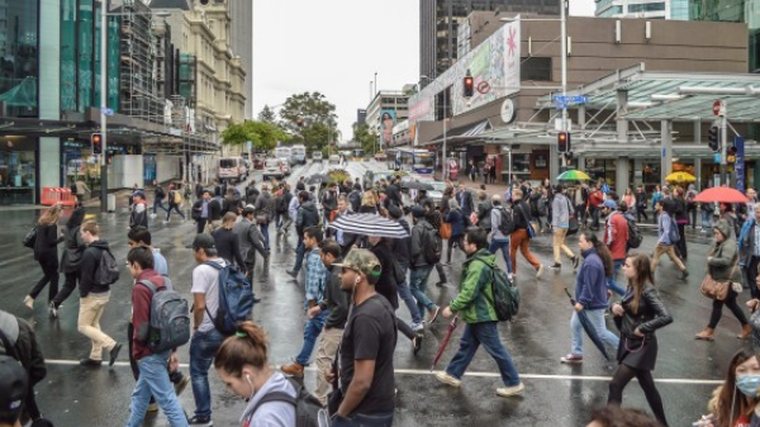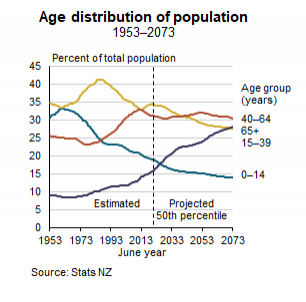Population growth set to slow down

New Zealand’s population is tipped to hit six million by 2050 at the latest, according to new figures from Stats NZ.
The organisation’s latest projections use the estimated resident population of 5.1 million as of June 30, 2020, as a base and look as far ahead as 2073.
Brooke Theyers, population insights senior manager, says: “The New Zealand population hit four million people in 2003.
“It took another 16 years to reach five million, but lower projected birth rates and an ageing population mean the population could hit six million in about 20 to 30 years."
The latest projections indicate the population is likely to be between 5.1m and 5.5m by 2025, and between 5.2m and 5.9m by 2030. By 2073, the number is expected to be between 5.3m and 8.5m.

Migration key
The figures are calculated based on fertility, mortality, and migration assumptions.
Natural increase – births minus deaths – was the main driver of population change until 2014 when net migration became the dominant factor.
Stats NZ says the total fertility rate reached a record low of 1.63 this year, which in the long term means the population will decline without migration.
New Zealand’s migration is highly variable and dropped sharply in 2020 because of Covid-19 border restrictions. The projections assume migration will fluctuate around a net gain of 25,000 a year in the long term.

Age distribution
The latest set of number-crunching for New Zealand also forecasts that one person out of every five, or 20 per cent, will be aged 65 years or older by the early 2030s. This is the equivalent of about 1.1m people.
By 2050, that number may rise to nearly one in four – 23 per cent or 1.5 million people. Currently, this age group only accounts for 16 per cent, or 790,000, of the population.
Looking further ahead, the 65-plus group is tipped to increase to between 1.6m and 2.2m, the equivalent of 24 per cent and 34 per cent of the population, by 2073.
In contrast, today about 19 per cent of the population, 970,000 people, is aged under 15 years. By 2073, this age group is expected to make up between nine per cent and 18 per cent of the population – 510,000 to 1.5m people.
If that happens, it means the number of people aged 65-plus will outnumber those aged under 15 years by the mid-2020s.






